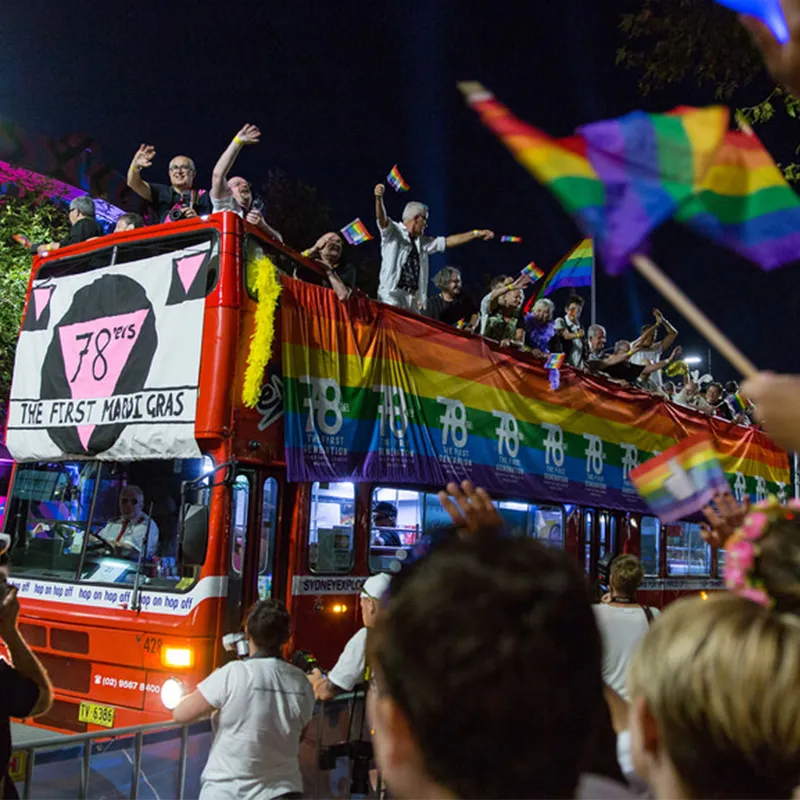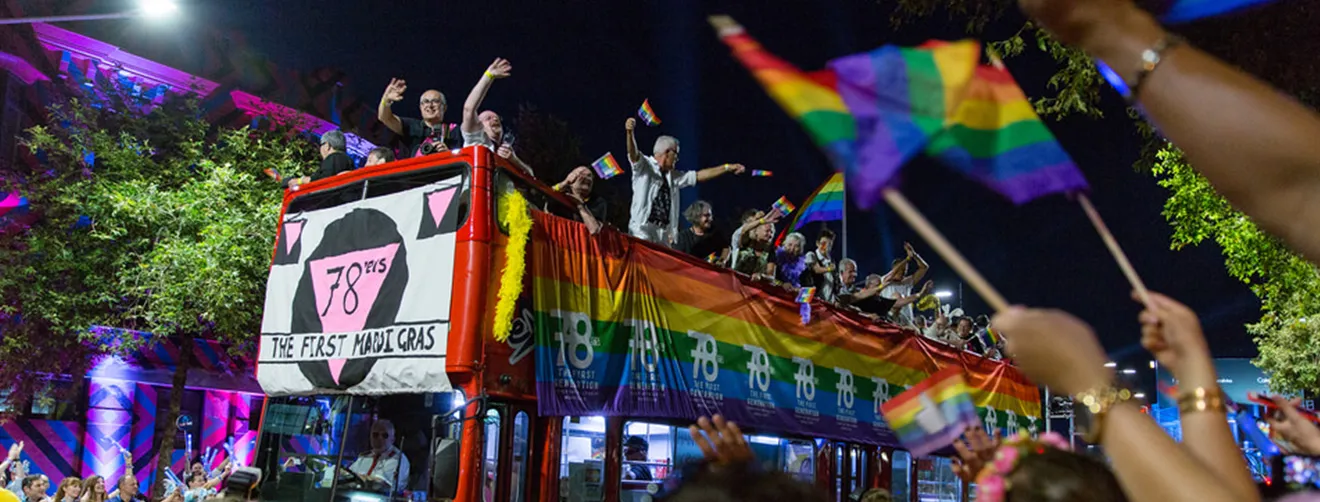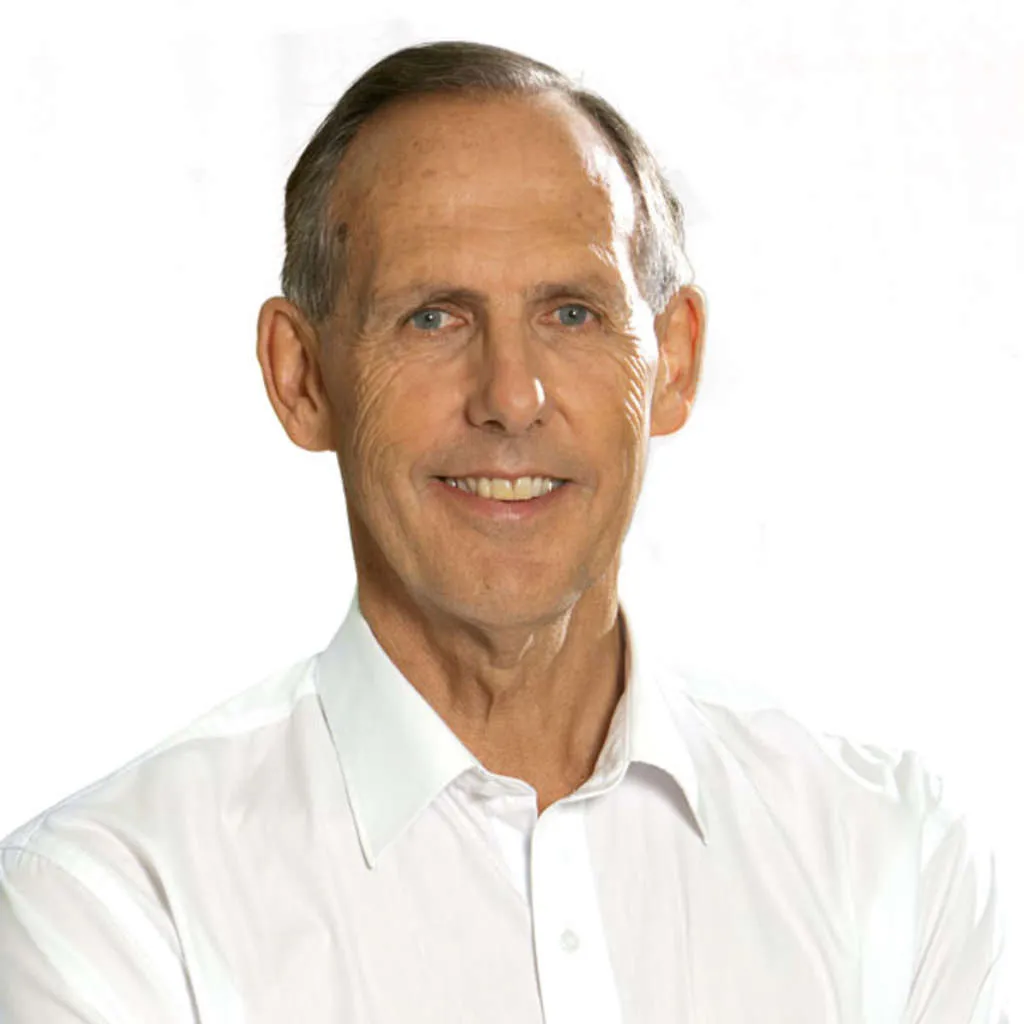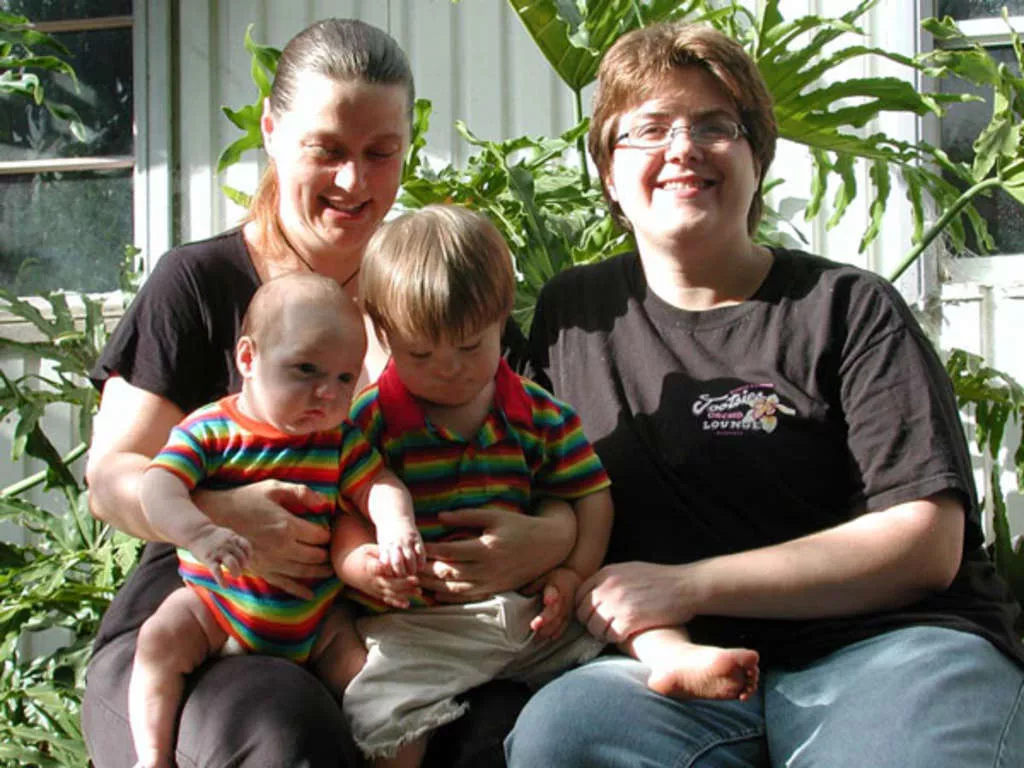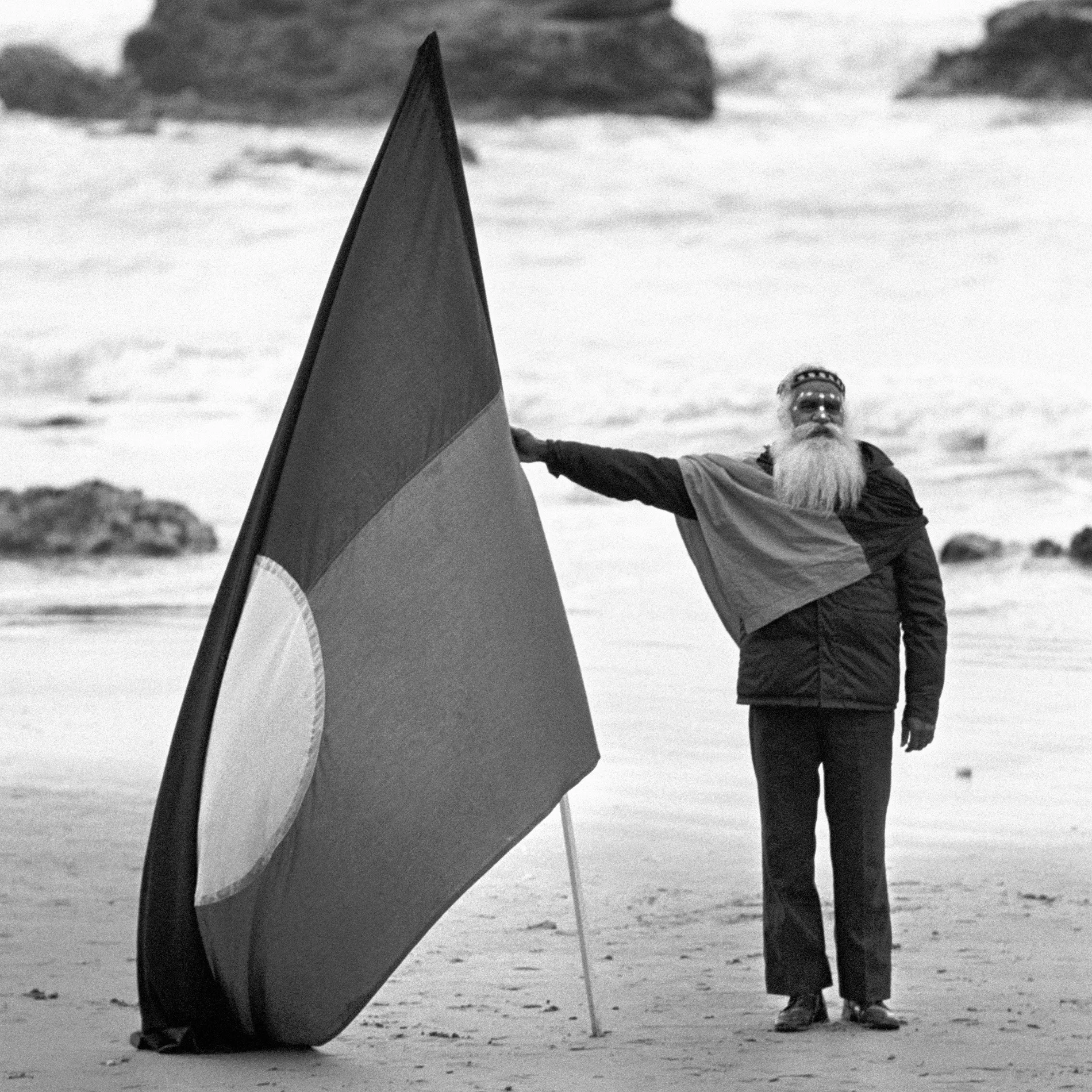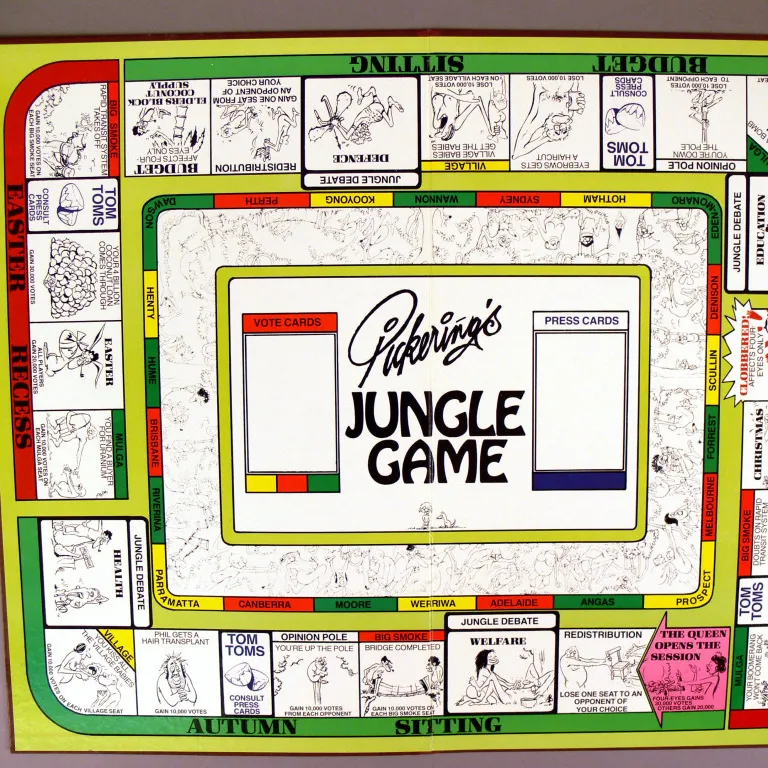This article was written in 2017, It uses terminology that was common at time of writing but which may not be appropriate over time.
This article uses the term LGBTI (lesbian, gay, bisexual, transgender, intersex) throughout. There is no single community standard for this acronym, and this article has adopted the usual form used by government documents. The Museum recognises some groups consider the acronym inadequate, and does not wish to exclude any group of people from discussions of rights.
This article also uses terminology now considered outdated or offensive. This terminology is intended to be read purely in its historical context.
The author and the Museum would like to thank the members of the LGBTI community who helped with the writing of this article.
Here are some of the milestones in the struggle by LGBTI activists fighting for their rights in Australian society. This list is by no means extensive or definitive, and represents only a small part of the story of LGBTI rights in Australia.
1975: Decriminalisation
The 1972 murder of gay Adelaide academic George Duncan was widely blamed on undercover police. The murder made Duncan a martyr to the gay rights movement, and sparked calls for reform. The Criminal Law (Sexual Offences) Amendment Act 1975 made homosexual acts legal between consenting adults. The Australian Capital Territory followed in 1976, followed by Victoria in 1980. It would take more than a decade for all states to follow suit.
The Human Rights (Sexual Conduct) Act 1994 formally legalised homosexuality across Australia, overriding state laws. The Tasmanian government had refused to act on law reform, and did not comply with recommendations to remove anti-sodomy laws on the basis of human rights and discrimination. The conflict between state and federal law went through several legal challenges, with campaigners like Rodney Croome and Nicolas Toonen arguing for the law’s repeal. Finally, in 1997, Tasmania repealed its sodomy laws, the last Australian jurisdiction to do so.

